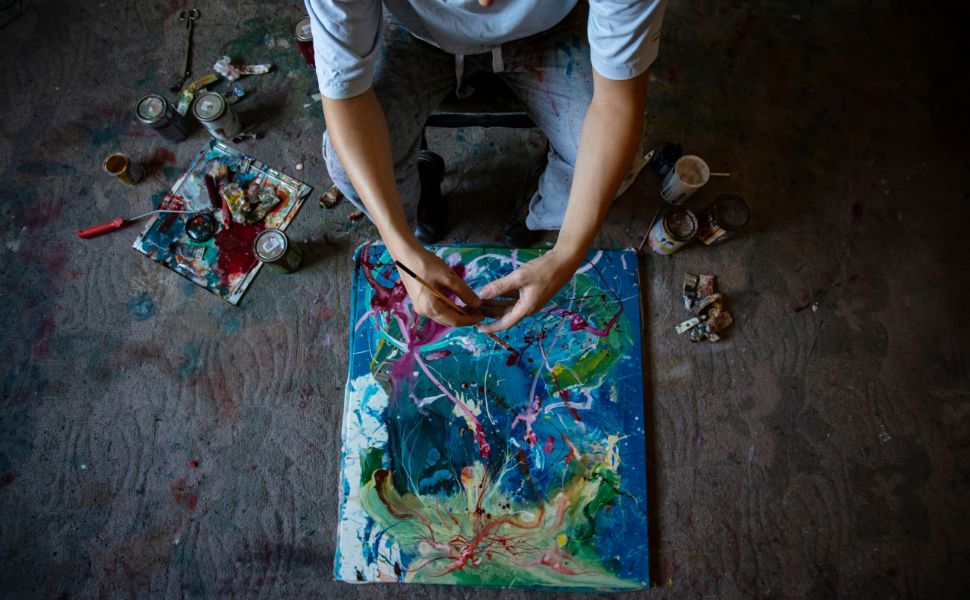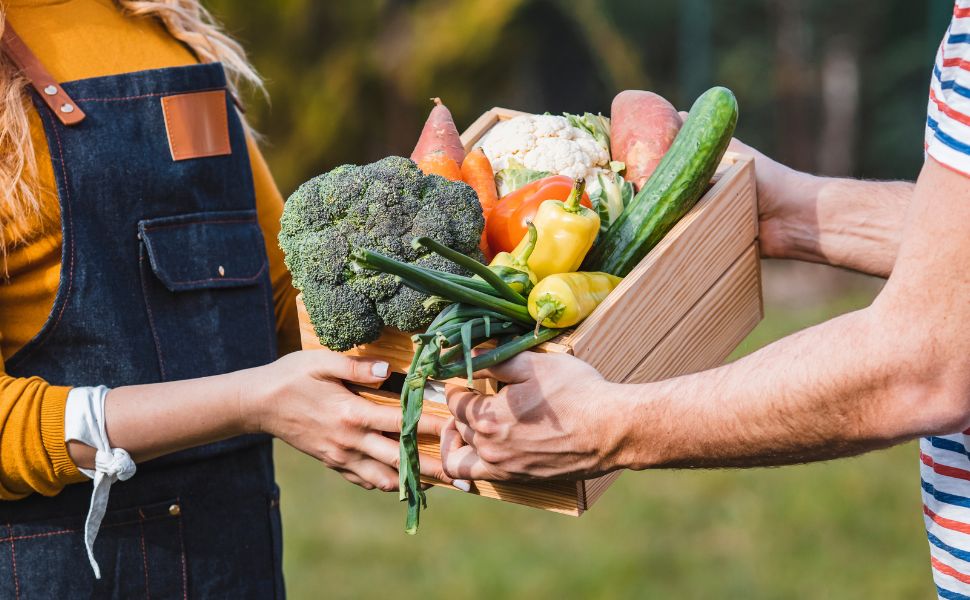When I was six years old, still wandering the town with crooked braids and shoes covered in dirt, my mother enrolled me in a children’s painting and drawing course. Not because I was particularly talented; we discovered that later. It was because all my little friends were going, and she didn’t want me to feel left out.
Back then, it wasn’t like it is today when school’s out for the summer. The younger children spent most of the summer months at their grandparents’ until August came around, and then we went on vacation.
At the end of the climb that led to the historical center, through those shady alleys that provided relief to passersby in the summer and smelled like pasta with sauce, lived Giocondo, a retired art teacher who had the brilliant idea of providing a service to the community by opening an art course for children.
Thanks to him, the town’s children were engaged in something healthy and creative. They socialized and had fun in a genuine and protected environment. This lightened the load on grandparents who had to take care of their grandchildren every day. However, at his house, the kids didn’t just draw. It would have been impossible to keep all those children still for two hours straight. But with Mrs. Ernesta, the children had the opportunity to explore the world of plants in their beautiful inner garden. Just as was done in the schools of the past, the husband and wife had created a “museum of odds and ends” where old objects found here and there gained new value and meaning. So, broken shoes transformed into fearsome pirate ships, the coffee pot into a magical castle, the rusty iron into a steam train. Everything came back to life in a different form, and we were happy.
I still remember my first day of class. I arrived with my mother, who held my hand to boost my courage, with my little backpack filled with sheets and colored pencils and a thermos full of orange juice. The door was open, a multicolored curtain that moved sinuously to the rhythm of the summer breeze separated the entrance from the street. I crossed it alone, letting that soft and delicate fabric caress my cheek, and had a triumphant entrance, stumbling on the doorstep! I passed through the room decorated with colorful drawings, where the scent of roses on Mrs. Ernesta’s table wafted through the air. Finally, I arrived at the back, in that bright little room where my friends and the lovely elderly couple were waiting for me.
Love Bolsena and Central Italy?
Subscribe to my substack!
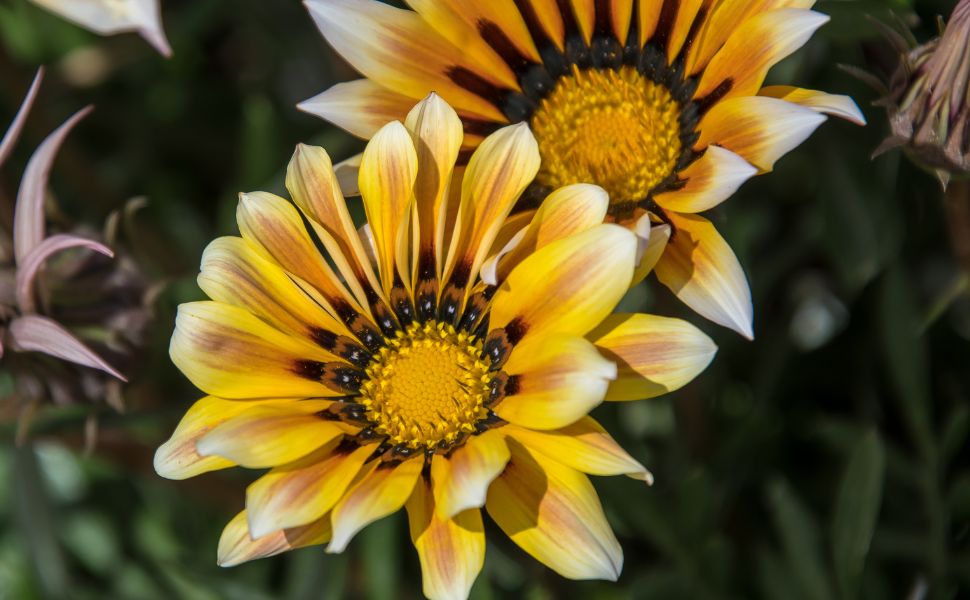
A slightly run-down wooden door opened to the inner garden, where a couple of geese, chicks, and some rustic hens could be seen. What left me gaping was the enormous number of flowers and those handmade decorated vases. Mrs. Ernesta, probably noticing my amazement, gently nudged me on the back, inviting me outside. “Come, I’ll introduce you to them, but be quick; the lesson is about to begin“.
“That orange one is Gazania, one of my favorites because it blooms endlessly until autumn. Imagine, it opens its petals only when the sun is out, and at sunset, it goes to sleep. Just like you, little flower” she concluded, smiling and pinching my cheek. “The pink one is Hibiscus, and even though it doesn’t have a scent, it’s one of the happiest flowers in the garden. Now look at those“, she said turning her head to the right. “They seem to form a cloud. They are Blue Jasmine. They don’t have a fragrance either, but they keep me company until October. Stroke them; feel how soft their petals are, as soft as your rosy cheeks. Now, let’s go inside; there will be time to get to know them all“. She smiled again.
What was supposed to be the classroom was actually an atelier, the first one I had ever seen. Who would have thought that years later, I would have my own? The other children were already sitting, all on the floor, with their little bottoms on cushions and their materials laid out on tables made from old fruit crates. The room smelled of turpentine, and the walls were stained with paint splatters. Around me, on some wooden desks, there were rags, some dirty with various colors, and others clean; containers for water, easels of all sizes, watercolors, palettes…
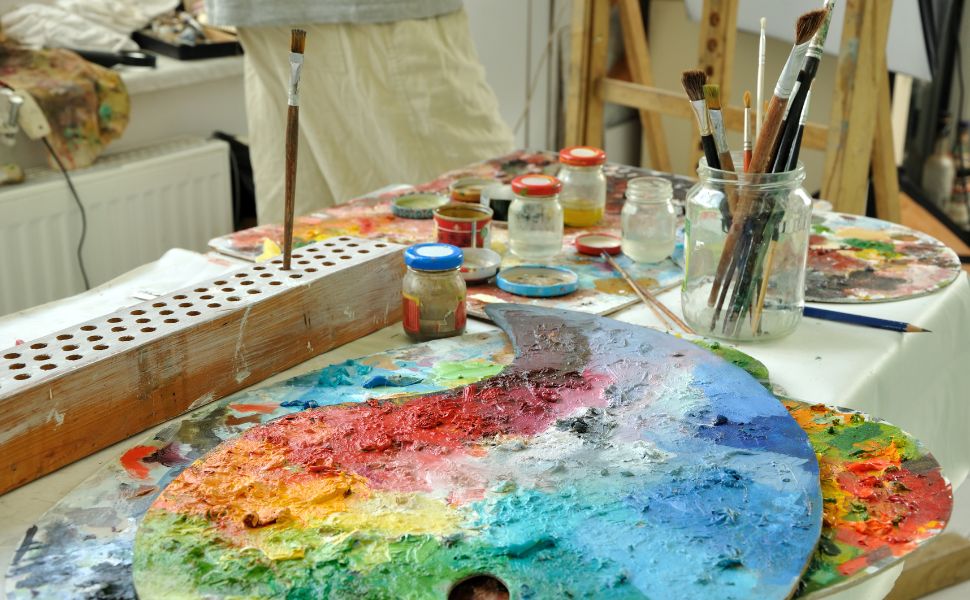
Sitting in a chair in front of the chalkboard was Giocondo, who, with a mock stern air, called for our attention. “Children! Children! Be quiet; we are about to begin. Today, we will learn to draw this fruit basket”. “And then you can eat it!” Mrs. Ernesta added with a smile.
That first hour and a half flew by, at least for me, and after a short break for a snack, we were invited outside to see the plants and play with the odds and ends. But I wanted to stay inside, with Mr. Giocondo, who, even though he pretended to be strict to keep us in line, was a sweet and helpful man. So I asked him what all those brushes were for, why some had stiff bristles, and others were soft, what was inside the jars, why there were paint splatters on the walls, and many more things that I can’t remember now… I wanted to know everything. “You’re curious, aren’t you?” he whispered under his breath while I nodded, “Then let’s start from the beginning. This is magenta, one of the primary colors, along with white…”
Then we moved on to the paintings: “Touch it“, he said, handing me one of his cheerful works. “Slide your fingers slowly and feel the texture of the brushstrokes on the canvas”.
What a wonderful afternoon he made me have! I was there, surrounded by the sights, sounds, and smells of an artist, unaware that from that moment on, all that wonder would become a part of my life forever. The clamor of the adults coming from the entrance let me know that our time was up. So, I thanked Mr. Giocondo and said goodbye with a timid kiss on the cheek. “So, did you enjoy the lesson?” he asked, displaying a faint smile. “Yes! And when I grow up, I want to be a painter!“
From The Heart Of Italy My Gift For You (Free Download)
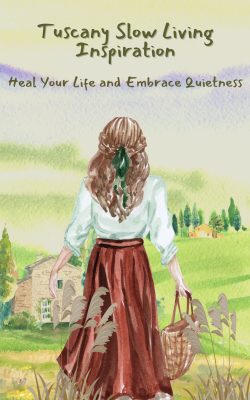
Experience the magic of Tuscany in your everyday life with my FREE PDF guide:
“Tuscany Slow Living Inspiration: Heal Your Life and Embrace Quietness“
This printable digital book is designed to help people organize their daily lives while embracing the slow living philosophy.
It includes prompts for journaling, Tuscan quotes, mindfulness exercises, and informational sections about Tuscan culture, cuisine, and traditions…

